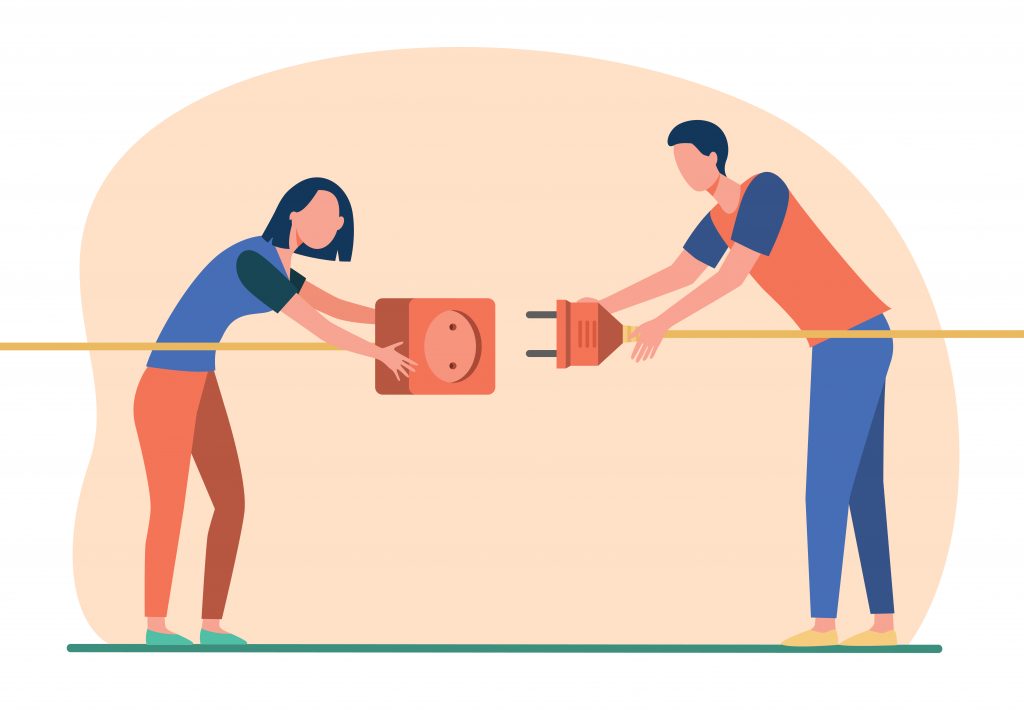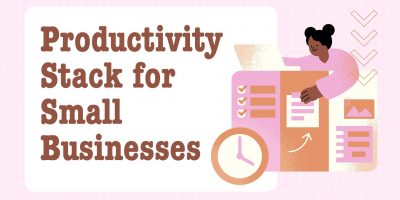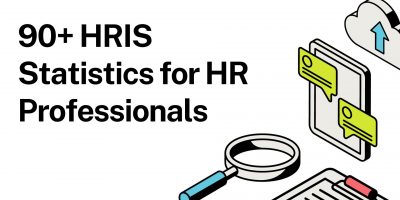
How to Design an Effective Employee Incentive Plan
Are traditional financial rewards enough to motivate your team, or could the secret to unlocking peak performance lie in understanding the deeper, social value of non-cash incentives?

After carefully screening, interviewing, and recruiting your new hire, it’s time to make a great first impression. However, orienting and welcoming employees to their workplace and jobs is one of the most understated functions.
As orientation is the official and formal starting point of an employee-employer relationship, ensuring a newcomer’s smooth transition can significantly affect time to performance, derailment rates, and talent retention.
This article will help you create a new employee orientation program to set up your new employees for success.
New employee orientation (NEO) introduces new hires to their workplace, colleagues, job responsibilities, and their new work environment.
A good employee orientation allows new employees to feel comfortable in an unfamiliar environment, company culture, and hierarchy. Employee orientation is meant to answer any concerns or questions new hires may have about their new role.
It also introduces the new employee to company policies and sets expectations while assimilating them comfortably into their new position.
At the end of the employee orientation, the new hire needs to understand how things work at the company, how to perform their specific job, and whom they can ask for assistance and support.
While taking all this new information may sound overwhelming, it can be a memorable and enjoyable experience for everyone when done correctly. A daunting task turned into a positive experience sets the foundation for creating a long-lasting work relationship.

After reading the definition of employee orientation, employers and HR teams may wonder if onboarding is the same as orientation.
The answer is – not really.
So, what is employee orientation, and how is it different from onboarding?
The onboarding process starts as soon as a candidate signs the job offer letter and becomes a future employee. Onboarding ends when the employee can independently and efficiently do the job and tasks they were hired to do. This process lasts, on average, anywhere from three months to a year.
On the other hand, the employee orientation process focuses on the recruit during their first day and first week. As such, the orientation of employees is an essential part of the whole onboarding process.
In other words, while these two processes are not interchangeable, they are complementary and have the same goal – to familiarize the new hire with the people, organization, and the job.
The first day at a new job is a very memorable and stressful experience.
Orientation is important because it lays the foundation for the future career of the new employee within the organization.
Even so, new hires frequently complain that the employee orientation is overwhelming and tedious or that the employee was given no help or guidance. Organizations either dump too much information on new hires at once or, in contrast, are left to sink or swim.
Unfortunately, the result of these practices is a confused employee who is stressed and not as productive as they could be. They are also more likely to leave the organization within their first year.
In the end, this financially hurts both the employer and the newcomer.
If this cost is multiplied by the number of employees hired each year, the financial implications of high employee turnover rates can be devastating.
With the ongoing labor shortages and tight job markets, top talent is hard to come by; therefore, developing a program with a positive employee experience becomes imperative for success.
The old saying still rings true today “You only get one chance to make a first impression.”.

Hiring managers spend considerable time optimizing the recruitment process; even then, it’s still lengthy and tiring.
In fact, the average time to fill a position is 36 days.
Sourcing, screening, and selecting candidates are considered the most significant hurdles when it comes to finding top talent, and what comes after a contract is signed is often neglected.
Orientation is the first step in a newcomer’s journey and establishes the basis for everything that follows. A plethora of research and onboarding statistics show that carrying out a well-structured orientation program positively impacts long-term company success.
Undoubtedly, the rewards of a well-thought-out program are enormous. Some of the benefits of employee orientation are:
The most common new hire orientation involves some of the following activities:
While paperwork is not the most exciting part of orientation, it is necessary. Employees must have all job-related information, from company procedures and policies to organizational guidelines. Additionally, employees may need to sign non-disclosure agreements, confidentiality forms, tax forms, and other documents.
Bringing on new employees always comes with paperwork, but that doesn’t mean it can’t be a quick and convenient process.
Nowadays, all this information is compiled in an employee handbook or easily accessible on onboarding software with a dedicated employee portal.
The social side of onboarding is probably the most important to successfully integrating an employee into an organization.
Welcome meetings and introductions to departmental managers, team members, and company executives are crucial to developing and nurturing positive and productive working relationships.
A signed welcome letter from the CEO, an office tour by the manager, and a team lunch are great ways to make new hires feel appreciated and accepted. Getting senior staff and the entire organization involved creates a personable and warm welcome and is the first opportunity for the new hire to absorb the company culture.
Other important representatives that the new hire should meet are:
Whether it’s as simple as assigning parking space, office map, or giving an access card, the HR department should be prepared to share useful details so that the employee’s first day goes smoothly.
This includes setting up the workspace with all the necessary hardware and software equipment, sharing Wi-Fi passwords, and explaining all the tools used, such as internal chat systems, printers, email signatures, and other role-specific software.
Regardless of any previous industry experience, the new employee still needs the training to know how your company operates.
This could be safety training, job-specific technical training, or soft skills that align with the company values.
Employee training can be done by using a learning management system (LMS), attending seminars, or shadowing more experienced employees. New hires feel more at ease when they have a mentor to help guide them through their first couple of weeks.
Unfortunately, throwing new hires immediately into work without training or socializing has become the norm instead of the exception. As opposed to doing that, below are some best practices to assist employees with tools and information and help them succeed in the job.
Orientation begins before an employee’s first day.
Pre-boarding includes greeting the new hire with a welcome email and package, clearly requesting the necessary paperwork they will need on Day One and sharing the orientation’s agenda.
This way, the employee knows what to expect and gets them up to speed faster.
Technology can streamline and automate the administrative side of the onboarding process. Instead of overloading the new hire with information, use a benefits or employee portal with all the information and let them absorb information in their own time.
Aside from streamlining documents, technology can be incorporated into the everyday basics of employee orientation. Engage employees in onboarding activities using interactive training media, progress charts, quizzes, learning management systems, and instant feedback.
Technology can’t replace one-on-one interactions between newcomers and other members of staff. Spending quality time with coworkers and other senior members during orientation will elevate the onboarding experience and make new hires feel more valued.
Checklists are an excellent way to create structure and ensure you’re not missing any necessary steps or documents. Checklists are also helpful for employees to keep track of their progress during onboarding and know what to expect during their first week.
Gathering feedback gives information to HR on how to improve the integration process. Continuously optimizing the employee orientation program leads to a higher chance of employee retention.
Here is a checklist of what a new employee orientation entails:
For more details, you can download this complete checklist.
A human resource manager must plan a corporate orientation program in a way that creates a positive, long-lasting impact on new hires. The best employee orientation programs:
The primary purpose of orientation is for new employees to feel comfortable and adjust to their roles. It is a powerful way for a new employee to form an emotional bond with the company, its culture, and coworkers.
And yet, so many companies don’t do a great job onboarding employees.
One survey found that only 12% of employees think their organization does a great job onboarding. Poor orientation leads to higher employee turnover rates, reduced job satisfaction, role ambiguity, and disengagement.
To avoid disengagement and high turnover rates, a practical orientation at its core must embrace its primary purpose – connection.

Orientation and onboarding are all about connection.
While most information hires receive during orientation is forgotten, the relationships and bonds they build initially may last for the rest of their careers.
An organization that values orientation creates an environment of transparency and clarification. It lets the employees know the organization is ready to work with them, bringing greater employee commitment and satisfaction.
One way to cultivate culture is to start from the beginning of a new hire’s journey.
Helping new hires understand the company’s ethos will help them fit in and feel like a good fit and more likely to stay. During orientation, emphasize things like diversity and inclusion, punctuality, empathy, and career mobility to demonstrate the centrality of your culture.
Over a quarter of all new hires leave their company after their first year. A well-designed, engaging, and smooth orientation increases your chances of retaining new hires. In fact, one research shows that organizations with a strong orientation program improve new hire retention by 82%.
Disclosure: Some of the products featured in this blog post may come from our partners who compensate us. This might influence the selection of products we feature and their placement and presentation on the page. However, it does not impact our evaluations; our opinions are our own. The information provided in this post is for general informational purposes only.
Browse our curated list of vendors to find the best solution for your needs.
Subscribe to our newsletter for the latest trends, expert tips, and workplace insights!

Are traditional financial rewards enough to motivate your team, or could the secret to unlocking peak performance lie in understanding the deeper, social value of non-cash incentives?

Thought leadership is all about assisting people to understand themselves better, find their purpose, and achieve success in the long term. So, how to make way for thought leadership that works wonders?

As each company has unique needs and distractions, explore why a stack of custom-tailored tools might be better for productivity than an all-in-one tool.

Explore HRIS statistics for informed decision-making and streamlined human resource management.
Shortlister Connect is a tool specifically designed to be utilized by the HR and Procurement/Sourcing teams within mid-size, large and jumbo employers. Shortlister Connect allows these teams to efficiently research & identify their optimal vendor partners, track existing vendor relationships & performance and “connect” with other employers to share successes and vendor experiences.
If you are not on the HR or Procurement/Sourcing team within an employer with over 200 employees, you will not be granted access to Connect. Examples of individuals that would not be granted access include, but are not limited to: vendors, students, practitioners, researchers, other non-employers or anyone that is unwilling to identify themselves will not pass our vetting criteria. If you are a consultant, Shortlister offers a specialized product for consultants, called Shortlister Select. You can email Tom Ciccotti at tciccotti@myshortlister.com to learn more about Shortlister Select.
***Shortlister retains the exclusive right to grant or deny access to any party to ensure the privacy of the vendors in our system.
Please login with your LinkedIn Credentials
Used by most of the top employee benefits consultants in the US, Shortlister is where you can find, research and select HR and benefits vendors for your clients.
Shortlister helps you reach your ideal prospects. Claim your free account to control your message and receive employer, consultant and health plan leads.